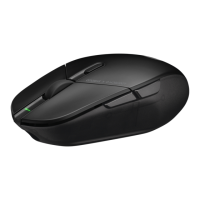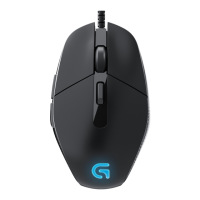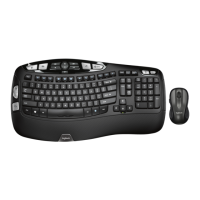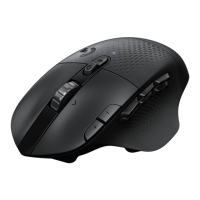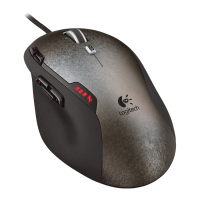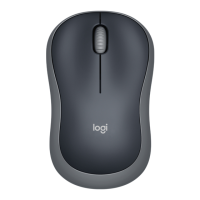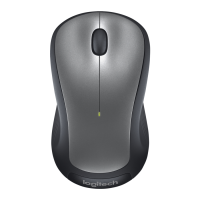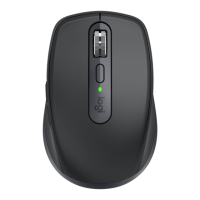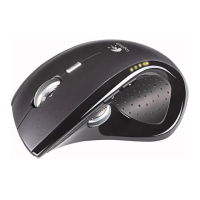Creating Comfort: The Making of the Logitech Comfort Wave Design - Page
diNovo Edge keyboard set a new standard in keyboard style due to its ultra-thin,
minimalist design, rechargeability and dynamic backlighted keys.
Looking Ahead
Over the years, many different types of keyboard designs have been explored. One of
the most common alternatives to the straight keyboard is the split, or ergonomic,
keyboard. (Logitech and other manufacturers have manufactured ergonomic keyboards
for more than 10 years.) However, ergonomic keyboards have never attracted more than
a small portion of people; most people are discouraged by the strange shape; for many
people, these designs require that they relearn how to type. However, scientific studies
have confirmed that split keyboards reduce forearm pronation because they allow
people’s arms to take a more natural position when they type.
With the bulk of the diNovo Edge keyboard development efforts behind them, in the
summer of 2005, Logitech’s desktop development team turned their attention to an
emerging, unmet need. The team realized that although people were spending more
time on their computers than ever before, unlike many other frequently used products,
the shape and comfort of mainstream keyboards hadn’t really changed or evolved in
response.
What could Logitech do for the millions of people laboring at their computers with tired
hands or wrists for hours on end each day, for the people who wanted more comfort but
didn’t want to relearn how to type?
They set out to develop a keyboard that would deliver comfort and usability in an
approachable design. With this goal in place, Logitech Ergonomic and Usability Expert
Sylvain Sauvage began researching basic ergonomic principles to apply to the new
keyboard design.
Addressing the Four Points of Discomfort
To begin, Sauvage reviewed the available ergonomic research and established that
Logitech’s new keyboard design must address the discomfort that can arise from the
traditional, straight keyboard. The following four points of discomfort established the
underlying criteria that would drive the development of the Comfort Wave Design:
1. Pronation: Straight keyboards require people to rotate their arms (pronation) to
position their hands parallel to the desktop. A comfortable keyboard should
reduce arm rotation.
2. Finger Static Load: Straight keyboards are designed as if human fingers are all
the same length. A comfortable keyboard should allow fingers to rest in a natural
position.
3. Wrist Ulnar Deviation: Straight keyboards cause the wrists to bend unnaturally
(wrist ulnar deviation). A comfortable keyboard key frame should curve to reduce
wrist ulnar deviation.
4. Wrist Extension: Straight keyboards often take an angled profile, forcing wrists to
flex (wrist extension). The key frame on a more comfortable keyboard ought to
remain parallel to the desktop, instead of at an incline, to eliminate the need to
flex the hands at the wrist.
